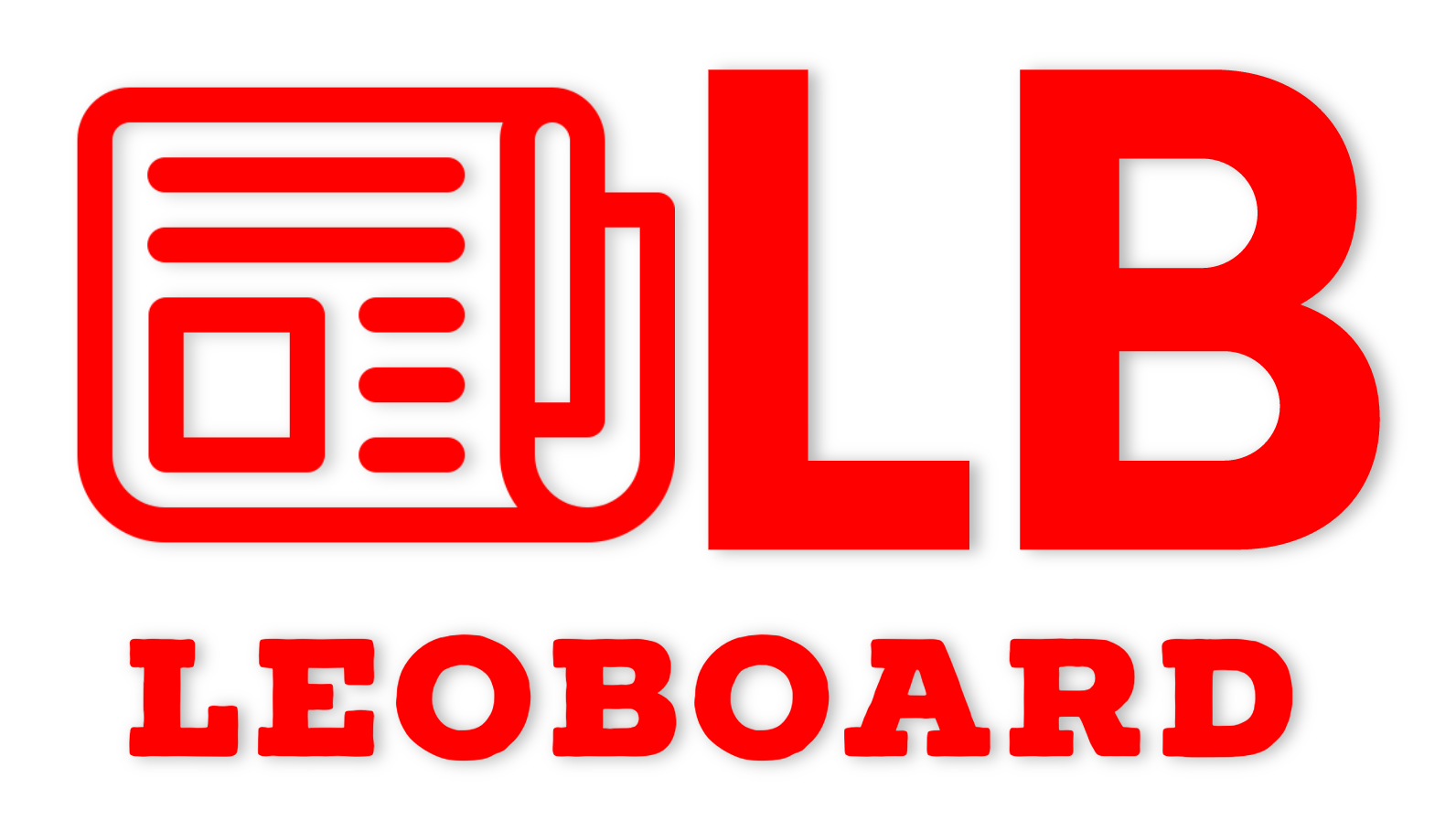
Some years ago, after a long career in magazines, I realized I needed to reinvent myself professionally and entered an unfamiliar work world in Big Retail. Like any new arrival, I had to learn to fit in. My biggest challenge was understanding how C Suite leadership works: why some decision makers are more inherently relevant, with a better handle on where retail is headed and not just where it has been. So I studied quarterly earnings transcripts, a free crash course in how leaders think, as well as many classic business books, which more often than not contained highfalutin ideas better in theory than practice. And then I found Geeks and Geezers: How Era, Values, and Defining Moments Shape Leaders.
Written by Warren G. Bennis and Robert J. Thomas, the book was published by Harvard Business School Press in 2002. What possible value could a book on leadership published at that moment have today? Many contemporary readers would likely stumble over the book’s title, highly objectionable (if not outright offensive) by current heated standards. And what insights might we possibly glean from a book that appeared when Google was only four years old and Mark Zuckerberg was finishing high school – a moment when many of us believed the digital revolution was going to solve all of our problems?
Full of practical, operative insight, Geeks and Geezers offers a lucid analysis of the similarities and differences between leaders. Its lessons may be more relevant than ever in today’s tumultuous retail environment.
Map versus Compass Leadership
The coauthors posit that while analog-oriented “geezers” rely on maps, the more innovative digital-savvy “geeks” require only a compass. These navigational metaphors are apt, given how much corporate America loves referring to business shifts as “journeys.”
A simple and effective way to evaluate leadership ideas and actions, this pragmatic concept helps me swiftly classify what type of executive I am hired to support: A map leader adheres to well-worn roads and can only go where others have gone before. They follow predetermined routes, and good luck changing their mind, even at the earliest stage when an idea looks problematic on paper. When dealing with that kind of leader, I just do the best I can with what’s in front of me, saving my suggestions to assist the team charged with executing the strategy, flaws and all.
Geeks represent compass leadership, and once they can determine the general direction culture is going, they are willing to find a path of their own making, even if the terrain is unfamiliar. Working on their strategic decks is more collaboratively productive because these leaders are attuned to the possibilities and uncertainty of discovery, making them flexible about how to reach their destination.
With the obvious caveat that company problems are never single rooted, I have a few examples of map/compass leadership issues that I witnessed first-hand.
Navigating Big Retail
Working for a newly appointed compass CEO at an iconic preppy American apparel company where the map-style predecessor couldn’t let go and remained on the board was like watching two cars trying to park in the same spot, immobilizing traffic on all sides and blocking progress. I also watched an American big-box bed and bath institution declare bankruptcy because the “turnaround” CEO, most likely hired because the board mistook him for a compass when he was really a map, was not capable of a generating a strategy to target that company’s specific customers. Instead, he mechanically implemented the merchandise tactics that had been successful in his former position at a rival retailer, driving shoppers away and crashing a 50-year-old company in less than three years.
There are also examples where I have not been behind the scenes but observed and applied the Map-Compass theory strictly from the outside.
In February 2020, under the compass leadership CEO, the first hired from outside the company, L.L. Bean showed up on the catwalk for the first time at New York’s Fashion Week in collaboration with Todd Snyder. A century-old utilitarian heritage brand meeting the influence of a designer known for his relaxed, modern way with classic American menswear turned function into fashion: intelligent and relevant. And in COVID-bound October 2020, when the outdoors held a special allure, the same CEO made a limited section of branded gear available on a third-party site (Zappos), which heritage retailers were loath to do at the time.
The Hybrid Ideal
To me, retail map leaders are any executives with no regard or respect for the ongoing consumer culture shifts in this volatile new age, easily evidenced by missteps like tone-deaf marketing emails that plead, “Spend more to save more.” In financial call transcripts, they inevitably blame waning numbers on the economy—irresponsible in an election year—or blame their customers—as though, somehow, we aren’t shopping enough. Their regressive mindset and data blindness is even more apparent when compared to the visionary statement made by Uniglo founder and CEO Tadashi Yanai during his year-end earnings call, when the forecast was an 18% growth: “People are looking to reduce surplus things and frills and live simply in their own way.” Compass. Big time.
My favorite example is a map and compass hybrid: CeraVe skin care ads, featuring the deadpan actor, Michael Cera. What might have been a run-of-the mill celebrity endorsement (map) became a clever, comedic put down (compass), with the company reassuring us that despite what he might claim, Cera is not the founder of CeraVe, reinforced on their website with an X-ed out portrait of the actor, alongside this message: “Developed with Dermatologists. Not Michael Cera. He’s not a dermatologist.” I’ve never worked with the compass leaders who said yes to that idea, but I would have loved to have been in the room for that discussion.
Source link




